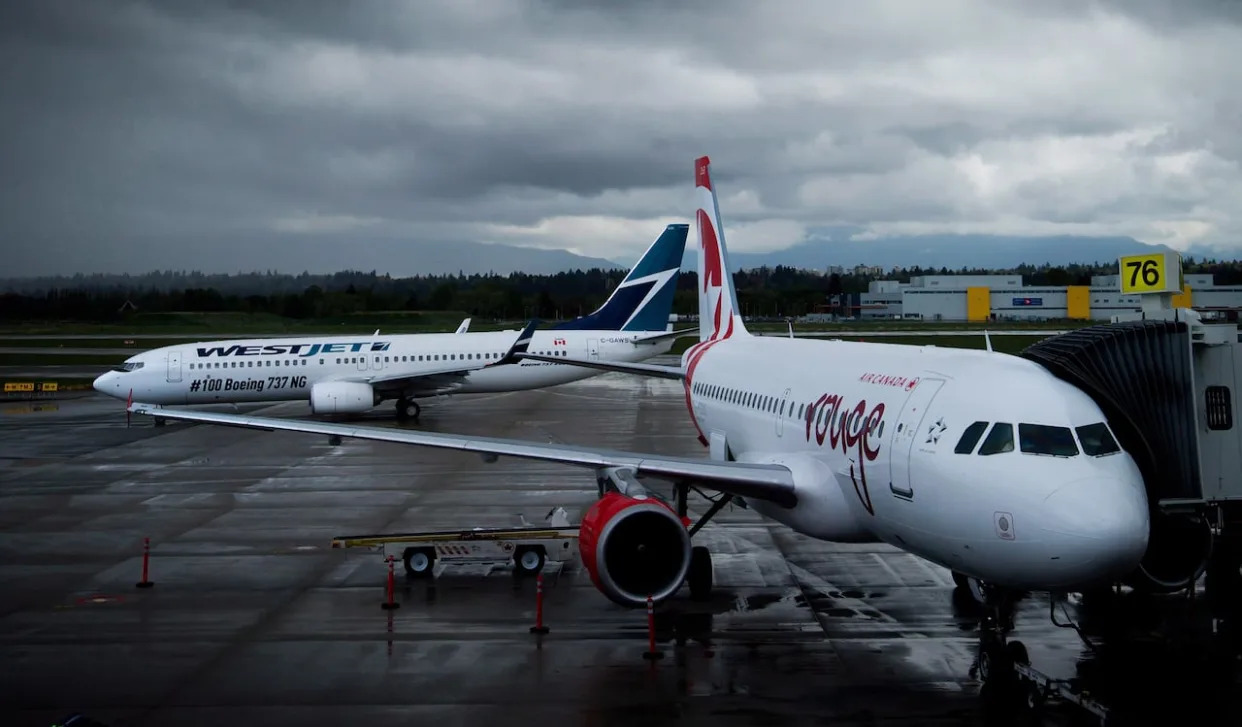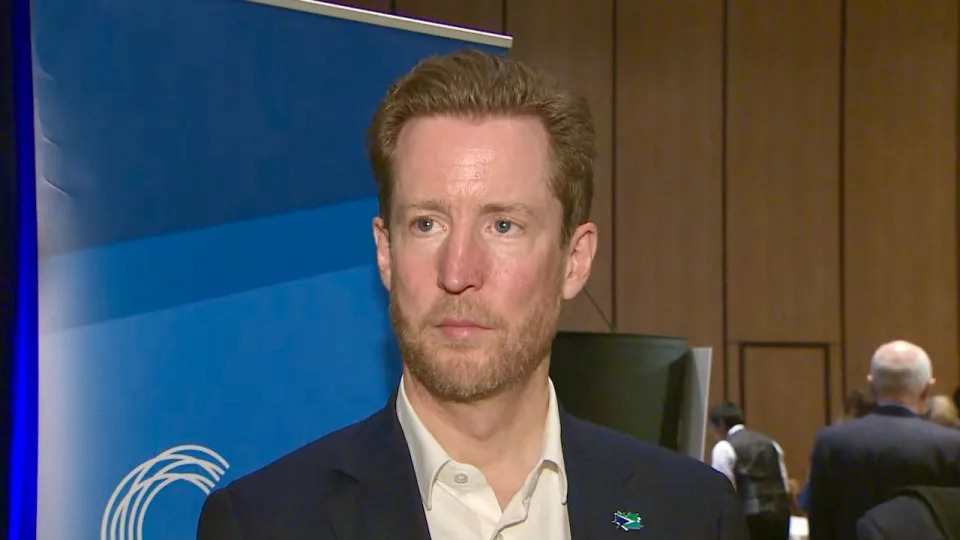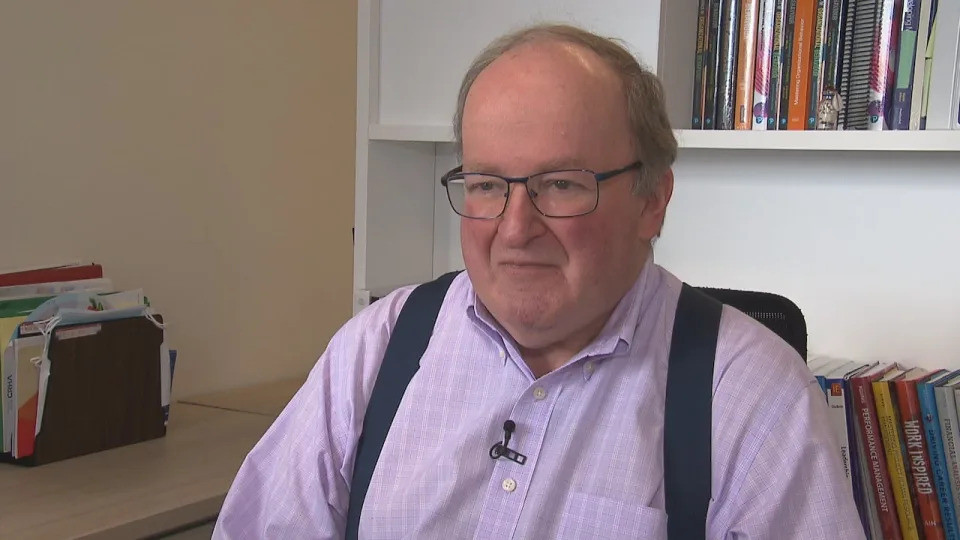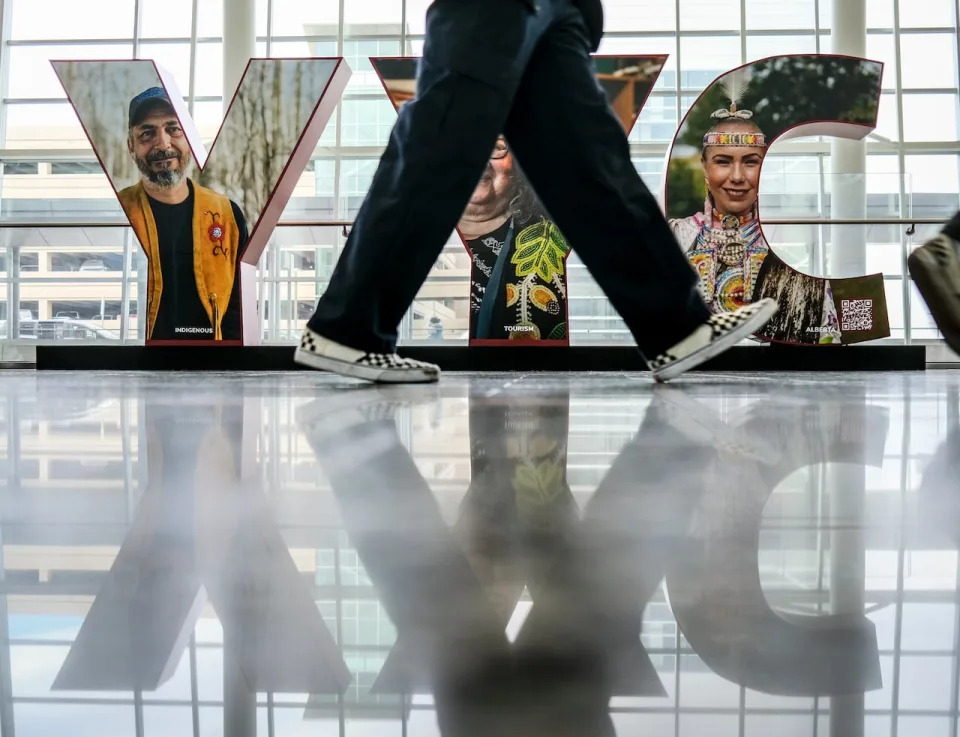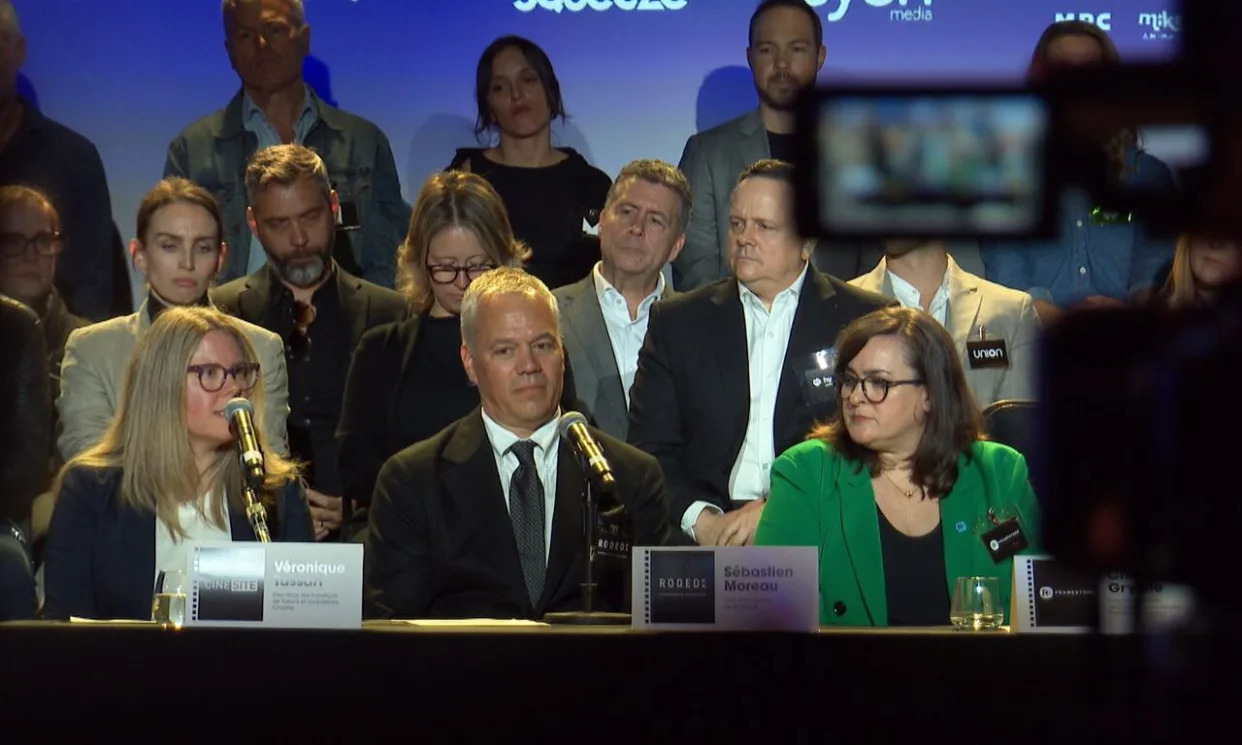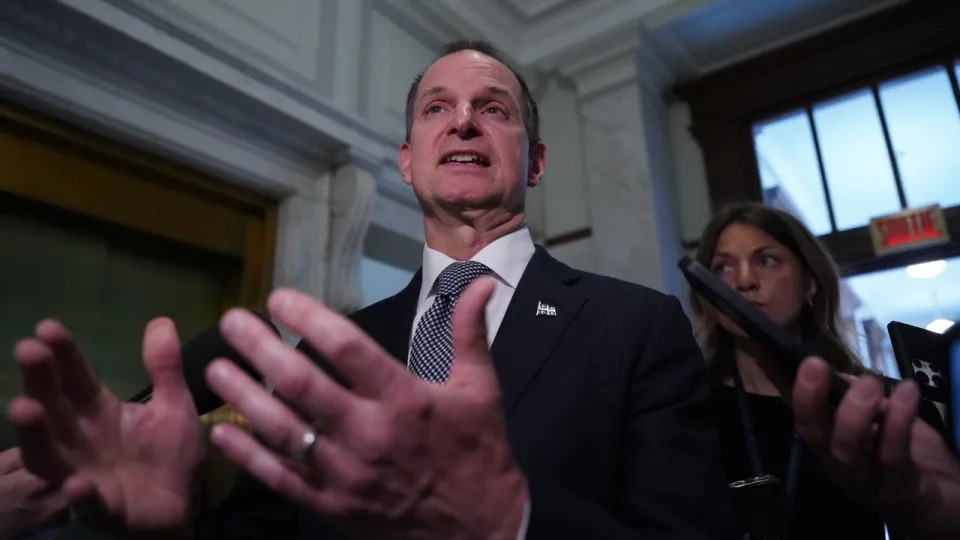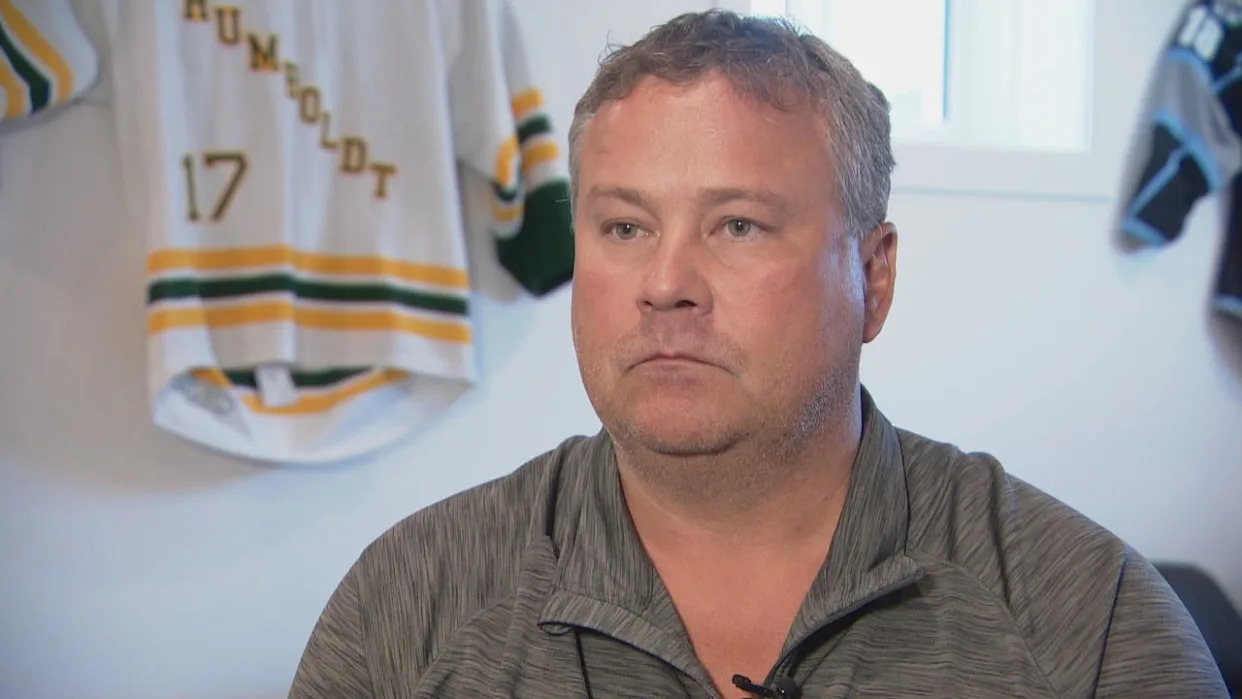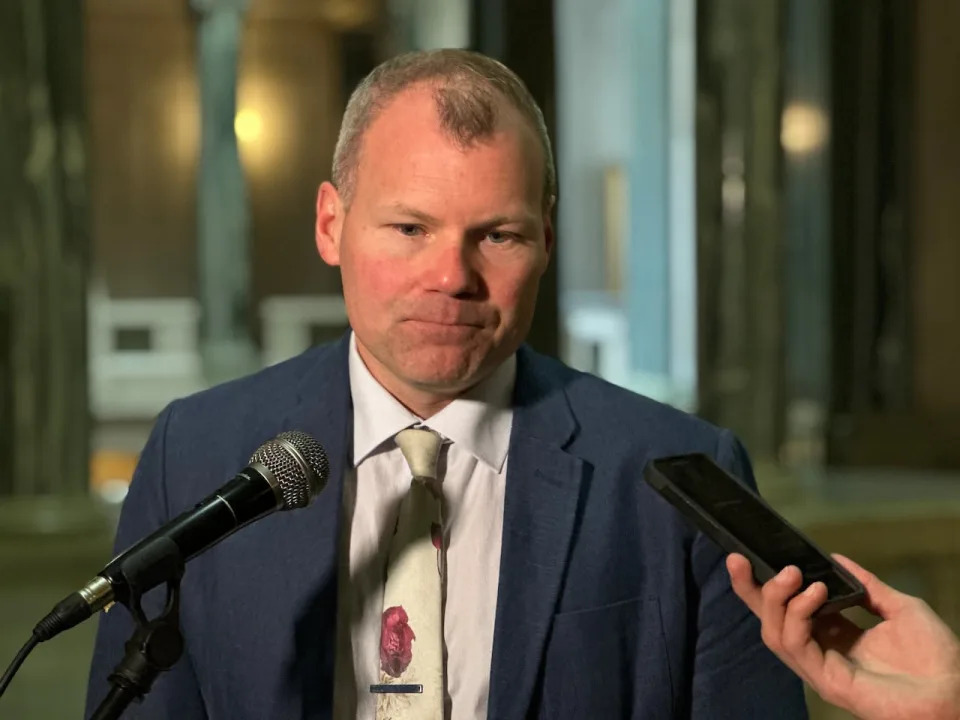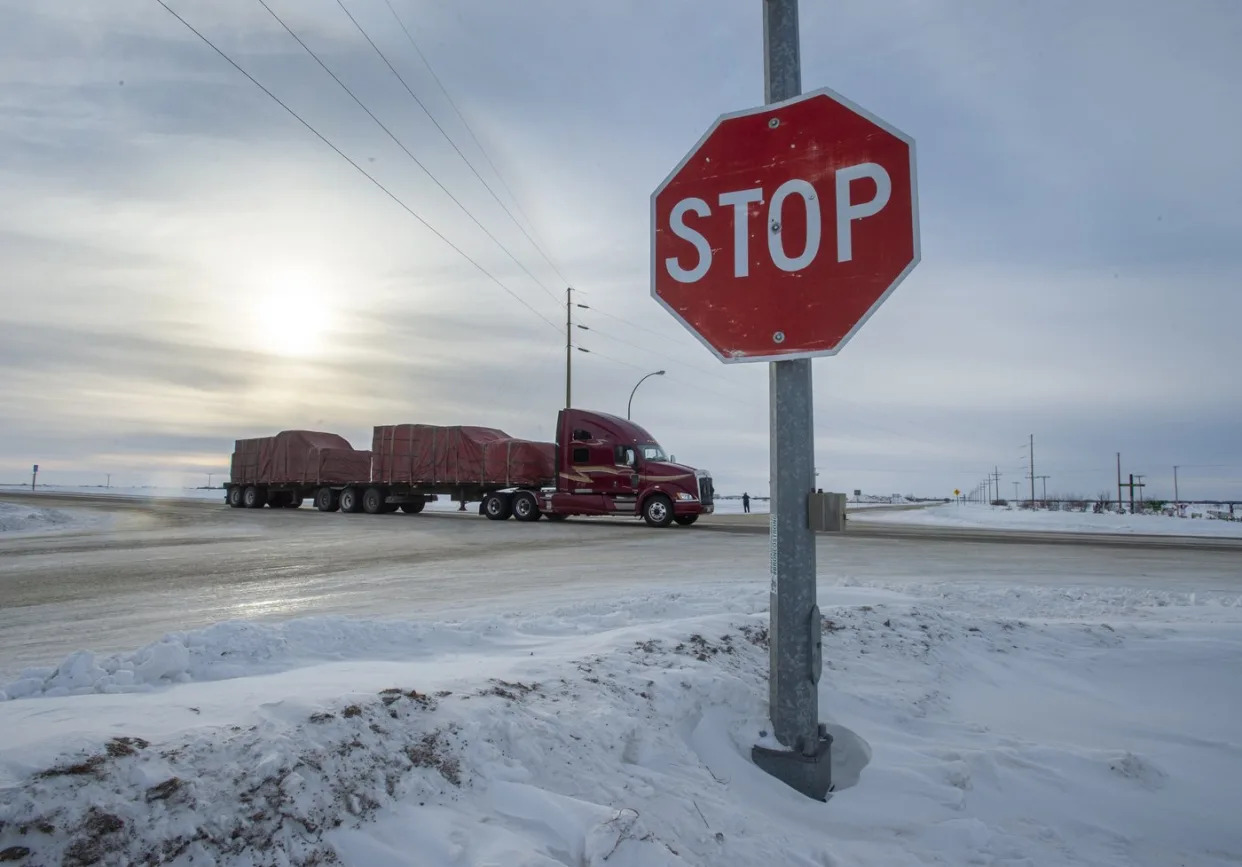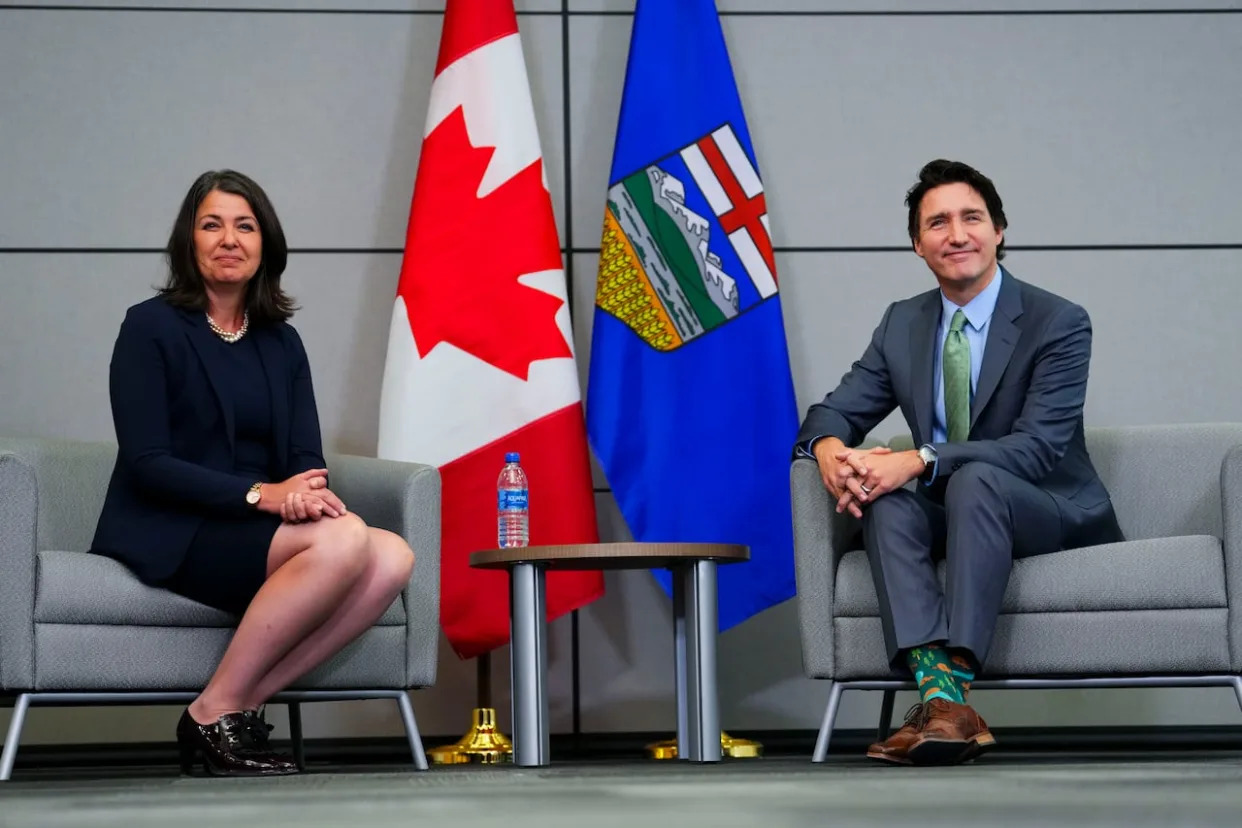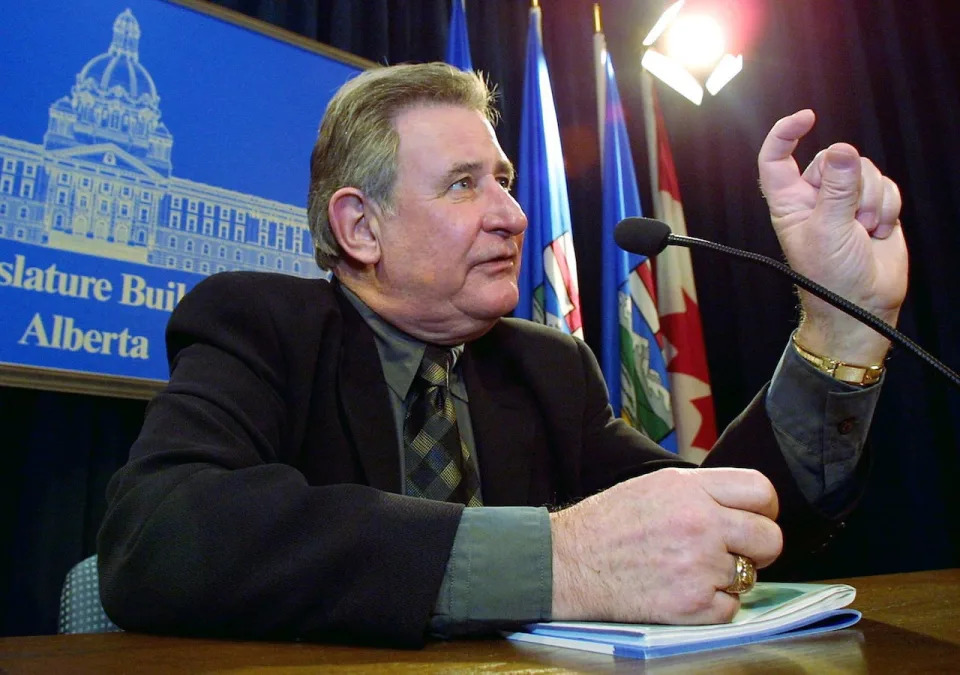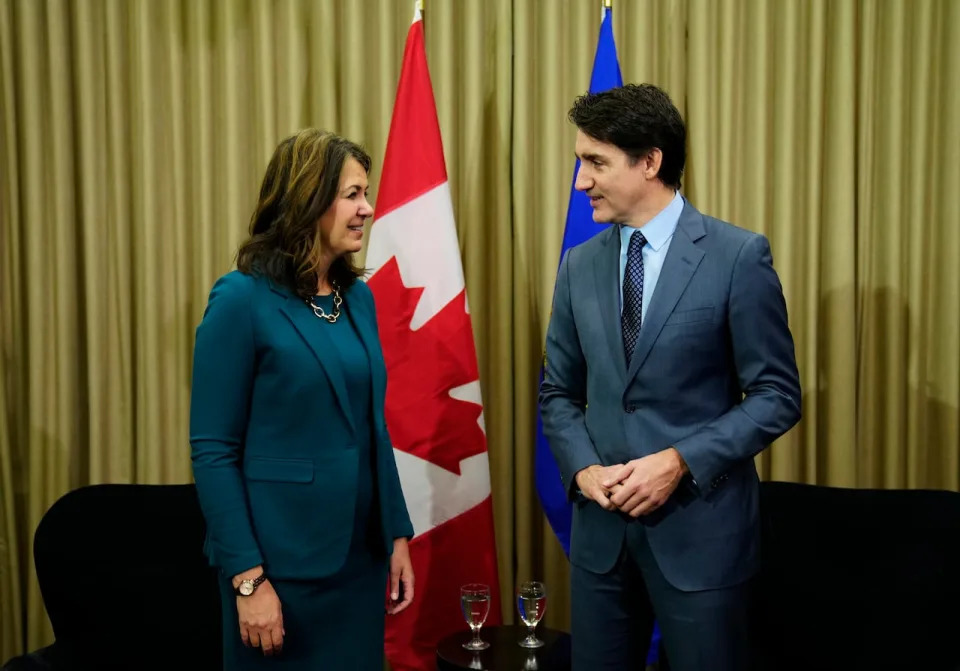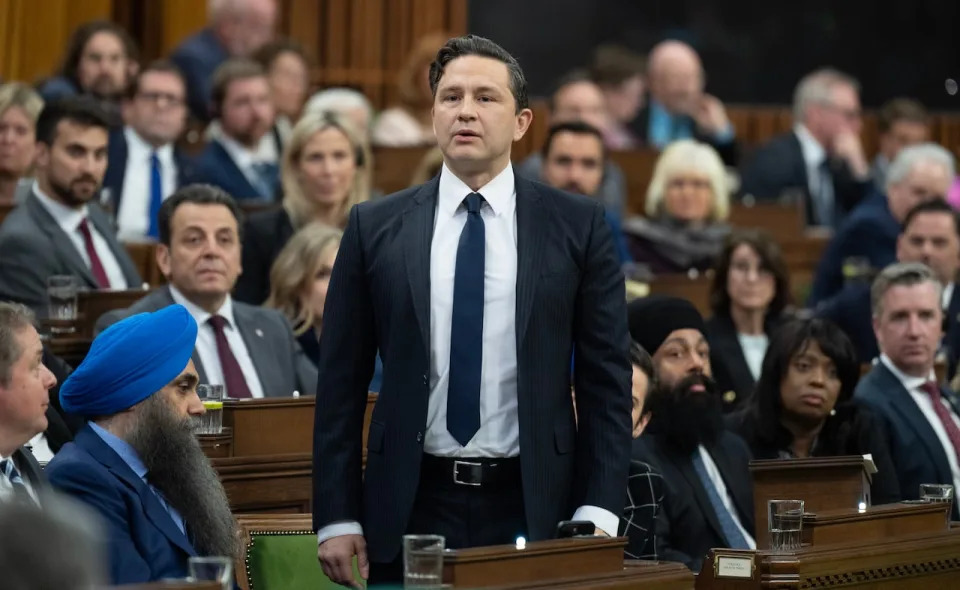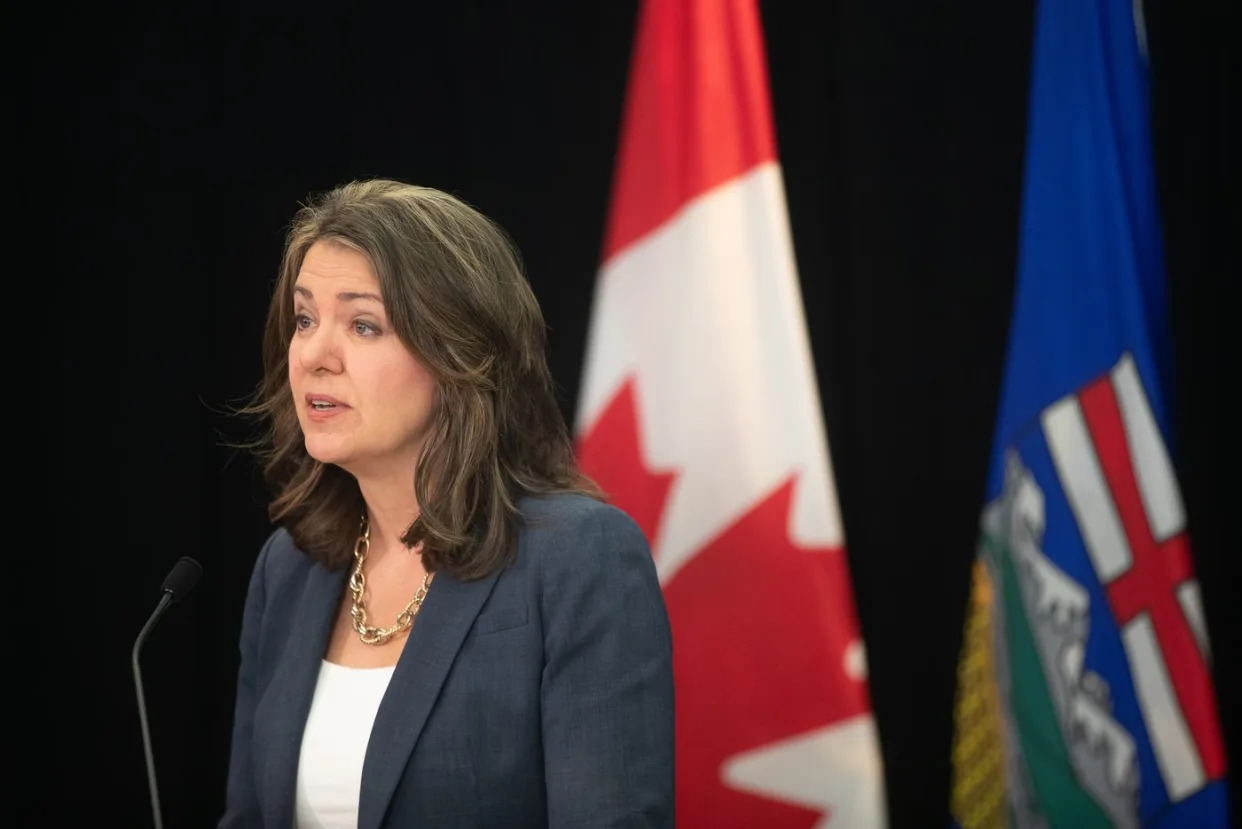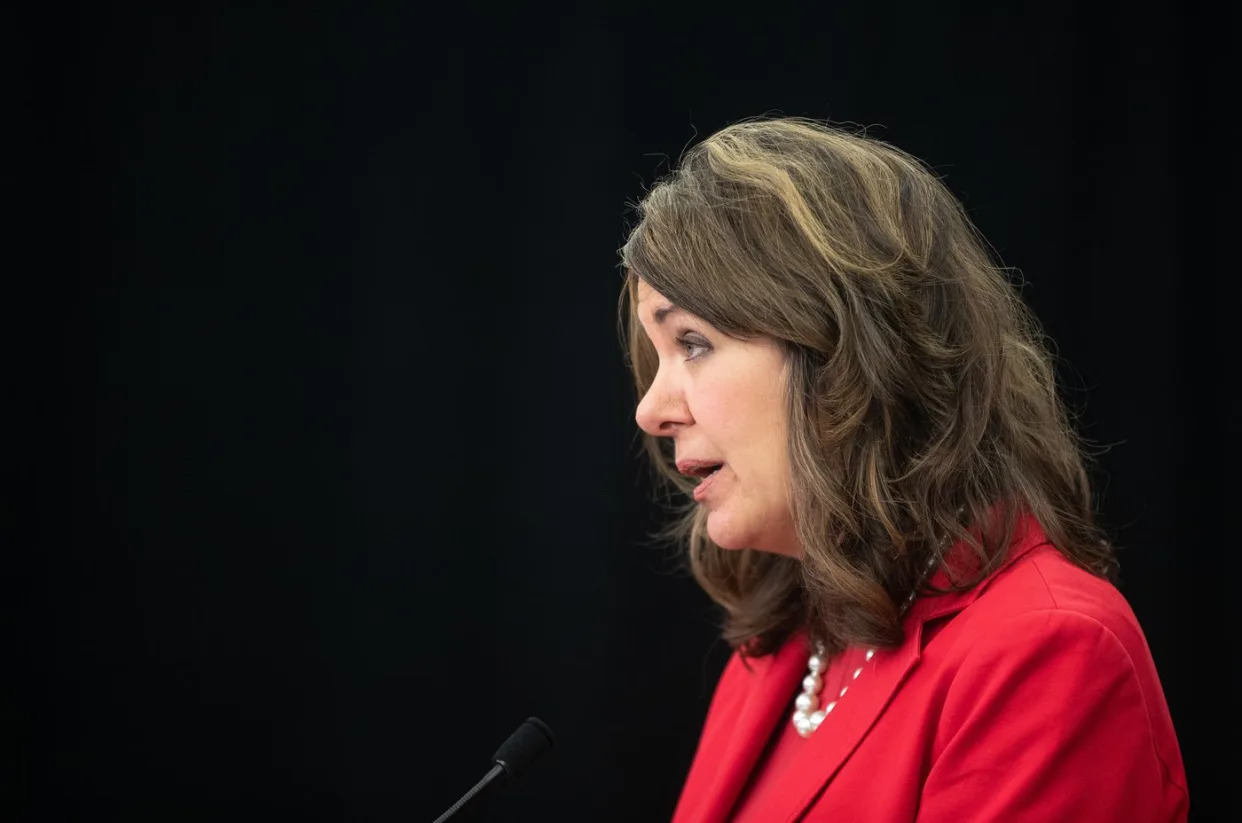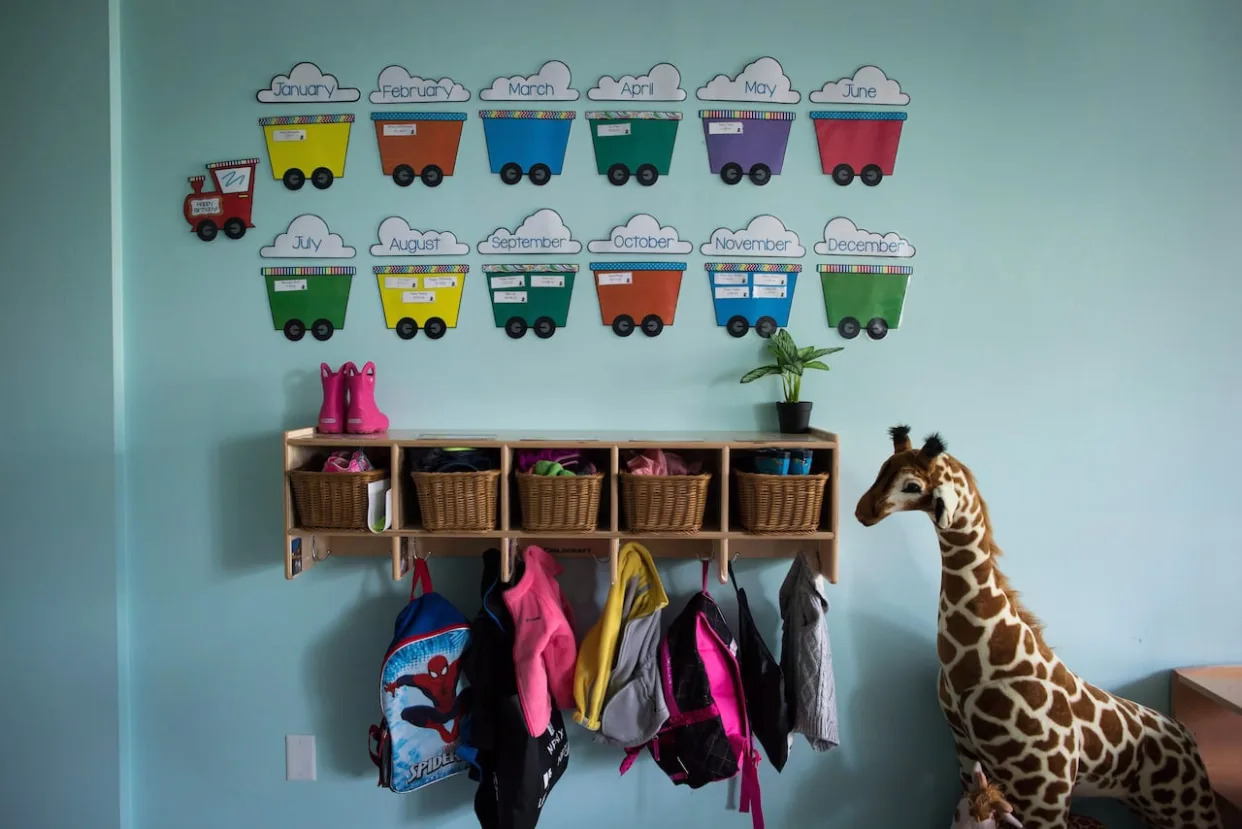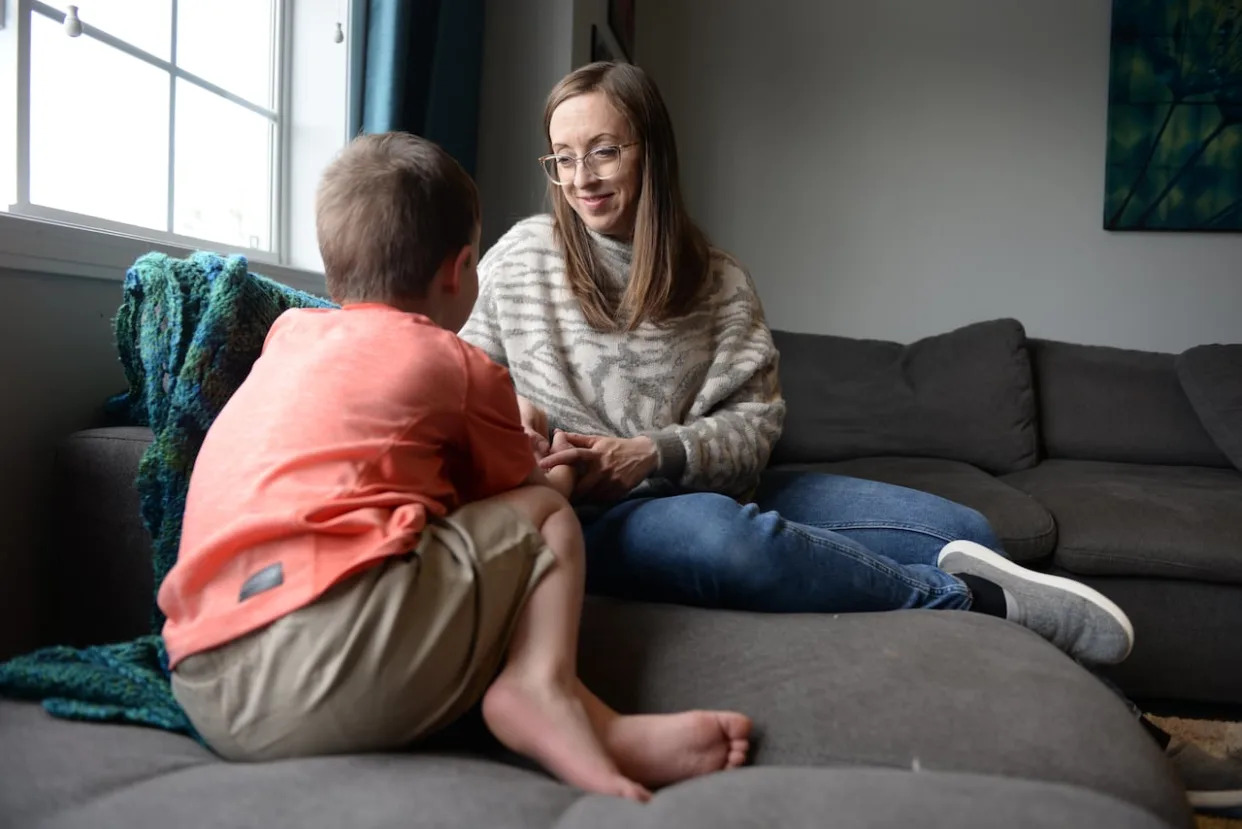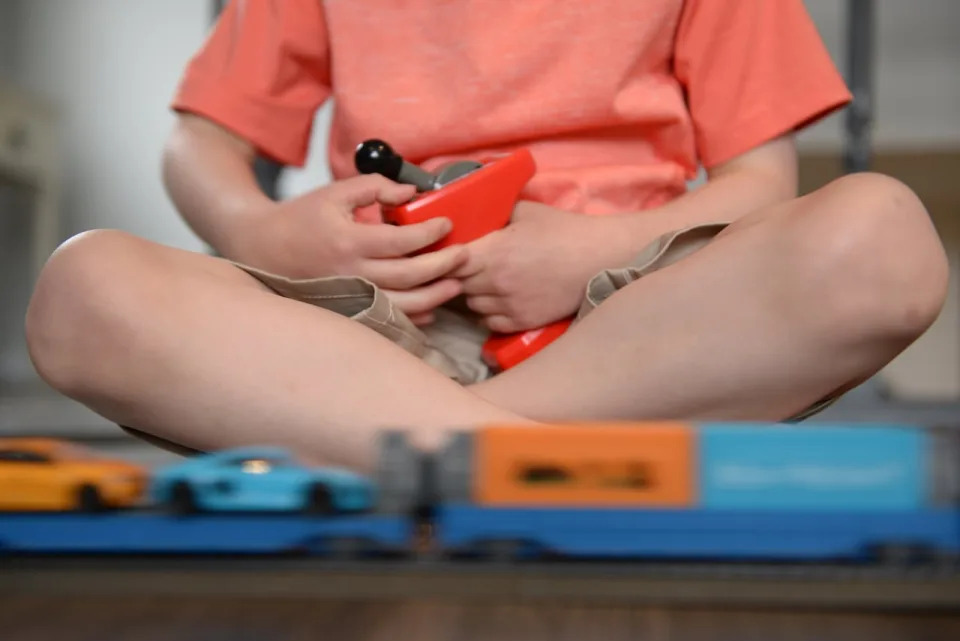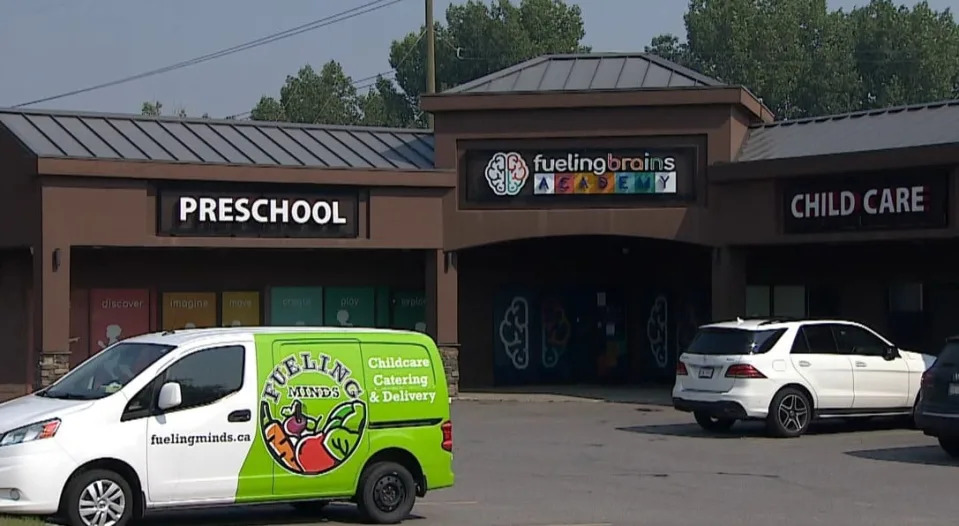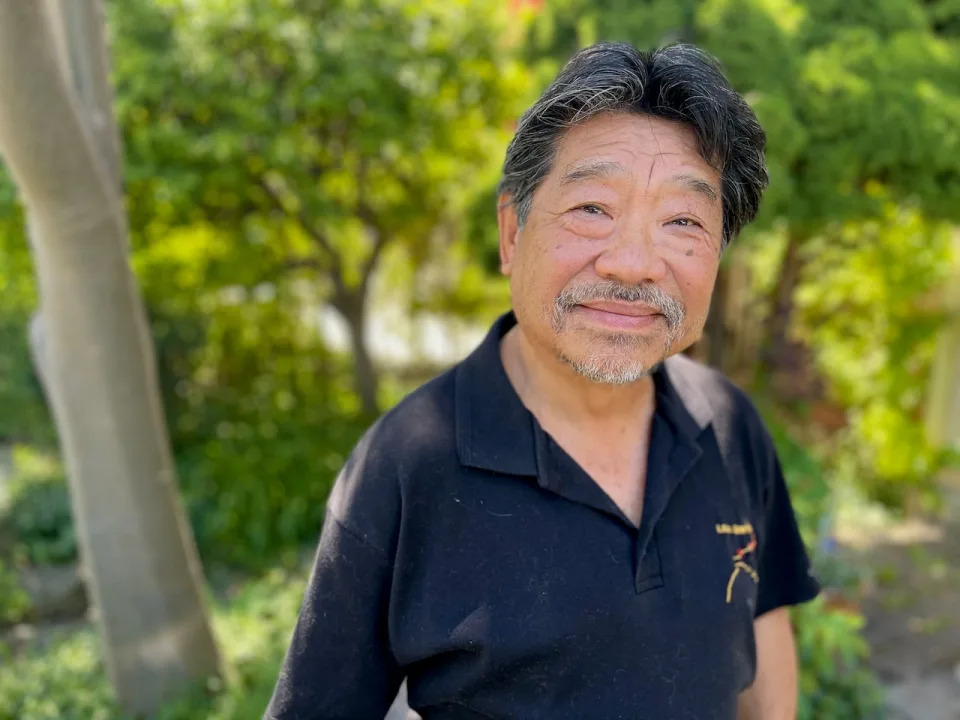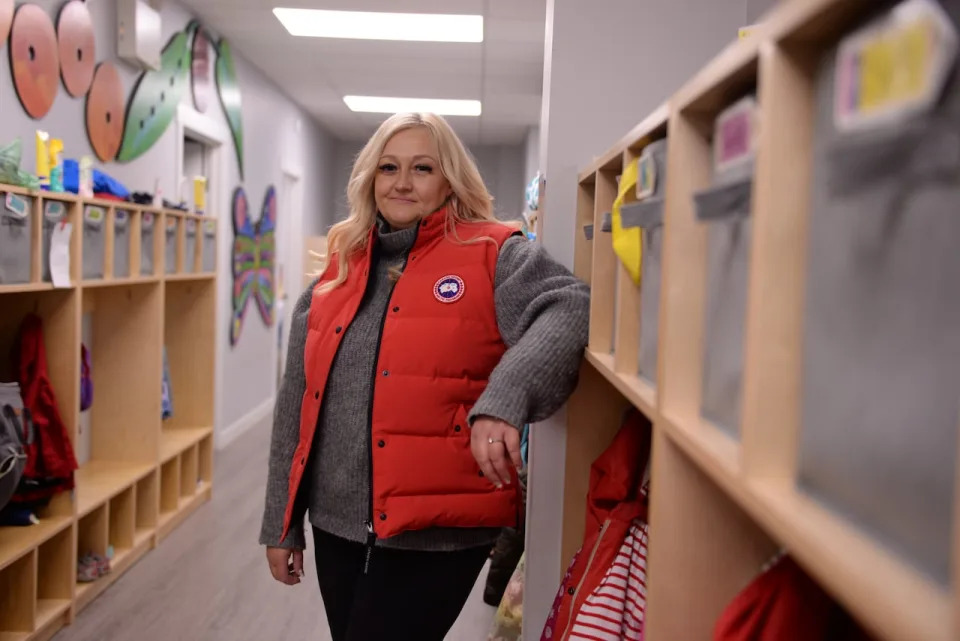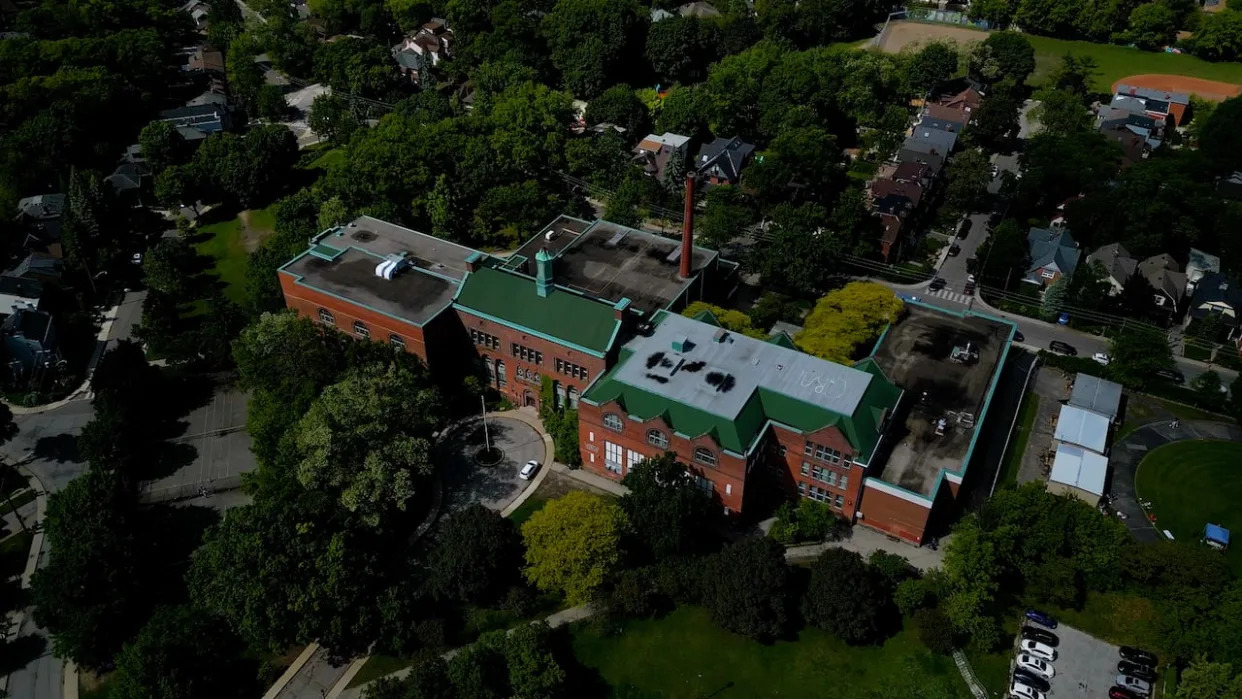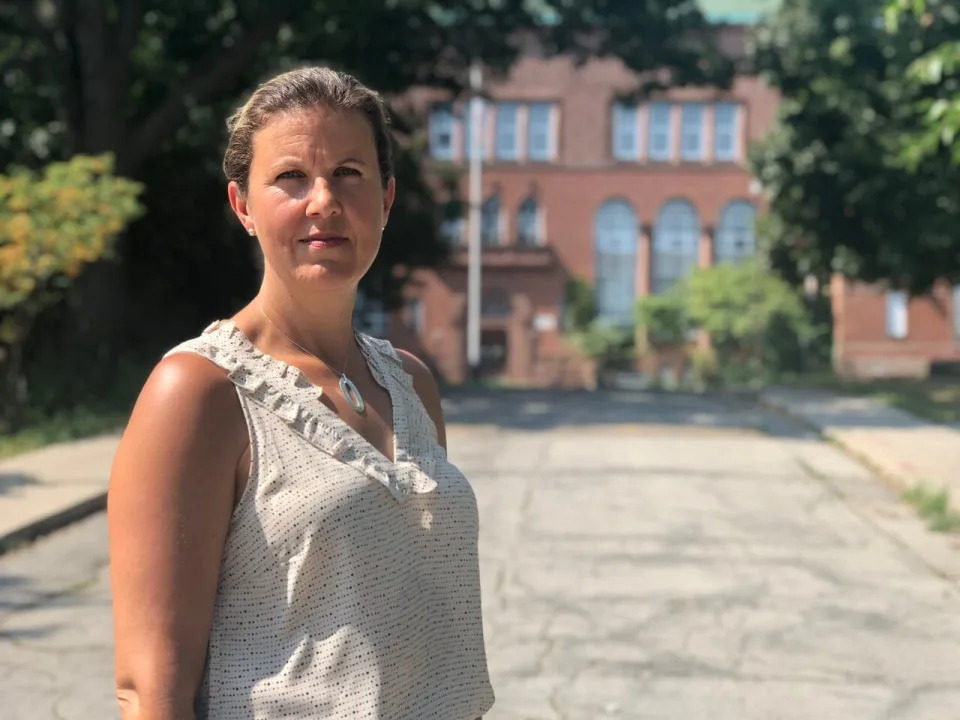A walk towards freedom: World's longest rainbow unveiled in Toronto ahead of Pride month
Dubbed 'The Long Path to Equality', the path aims to shine a light on LGBTQ2+ rights in the city ahead of Pride Month
Corné van Hoepen
·Editor, Yahoo News Canada
Wed, May 29, 2024
World's longest rainbow road unveiled on Toronto Island. (Credit: @WaterfrontBIA)
Toronto has made history as the world's longest rainbow road was unveiled ahead of Pride Month — a meaningful tribute to the city's vibrant LGBTQ2+ community.
The nearly-2,000 foot long installation, located near Hanlan's Point on Toronto Island, was unveiled by Mayor Olivia Chow and acclaimed queer artist Travis Myers.
"If there's ever a space Queer people should feel safe and welcome, it should be the place where Canada's first Pride happened," Myers said in an interview with Yahoo Canada.
The artist's vision
Myers says his latest creation is one close to his heart, having observed an uptick of townships across Canada banning the Pride flag and his own personal experiences growing up in small-town Ontario.
"To have this idea in my head of Toronto being this promised land of freedom and equality for all — and this takes work — but if there is anywhere we have a shot at it, it's here."
He says he's observed all the conflict across the globe, where many nations still consider flying the flag a crime, and being your authentic self can land you in prison or killed.
Toronto has laid a lot of ground work to aid people in being the best versions of themselvesTravis Myers, Artist
"While there's still a lot of work to be done, I hope this is just one more way people can feel secure in who they are," he said.
Myers explains that it's not just his personal connection to Hanlan's that inspired the location for his creation, but also a historical one.
"This was also the spot where the first Pride in all of Canada happened back in 1971," he said.
Decades prior, Myers explains that Hanlan's was a Queer gathering space that promised safety and security in a world that offered little acceptance.
Myers says that while creating 'The Long Walk to Equality,' what was top of mind was this was the same path trodden by the "architects" who fought for the rights and freedoms afforded to Torontonians today.
"I want to make sure people feel proud, safe and included, and the path can be viewed as a tool of leading this community back to itself," he said. "I hope the community can feel a little prouder, a little bolder about their sense of belonging by seeing themselves reflected in this space."
Myers hopes that even beyond a symbol of empowerment for the LGBTQ2+, his creation speaks to the hearts of those who are not a part of the community as a symbol transcending language and creating a bridge between humanity.
As for the aim of creating something on a global scale, Myers says "We can do a little more than a metre longer." He says the previous world was a rainbow bicycle path in Utrecht, the Netherlands coming in at just over 1,870 feet.
This art creation was designed in partnership with Pride Toronto and supported with donations from The Waterfront BIA, Gilead Health, Skittles, Billy Bishop Airport, and Freddie Pharmacy
Myers says since the ribbon-cutting ceremony, the impact of the art piece is creating emotional ripples.
"I've heard back from members of the community, and we've cried in a different way — we've had a lot of joy in how this is changing things and making people feel welcome in a space that matters to them," he said.
"Pride means something different to everybody, but I hope when people walk along this rainbow, they walk a little bolder and a little prouder on how they want to accomplish their goals for Pride month this year and spread a message of joy and inclusion to the community around them," he said.
'Can I bring my Mario Karts': Reactions pour in
Social media users were quick to pour into the comment section of posts sharing the news, with reactions ranging from comical to supportive and some just plain against it.
Not everyone is onboard with the rainbow pathway, with some taking to social media to decry the cost going into the installation.
Others pointed to the fact that funds for the installation of the project could have been better allocated to groups currently struggling amid the affordability crisis sweeping the nation. SAME OLD, SAME OLD; BITCH BY A CHEAPSKATE
Social media users were quick to pour into the comment section of posts sharing the news, with reactions ranging from comical to supportive and some just plain against it.
Not everyone is onboard with the rainbow pathway, with some taking to social media to decry the cost going into the installation.
Others pointed to the fact that funds for the installation of the project could have been better allocated to groups currently struggling amid the affordability crisis sweeping the nation. SAME OLD, SAME OLD; BITCH BY A CHEAPSKATE
